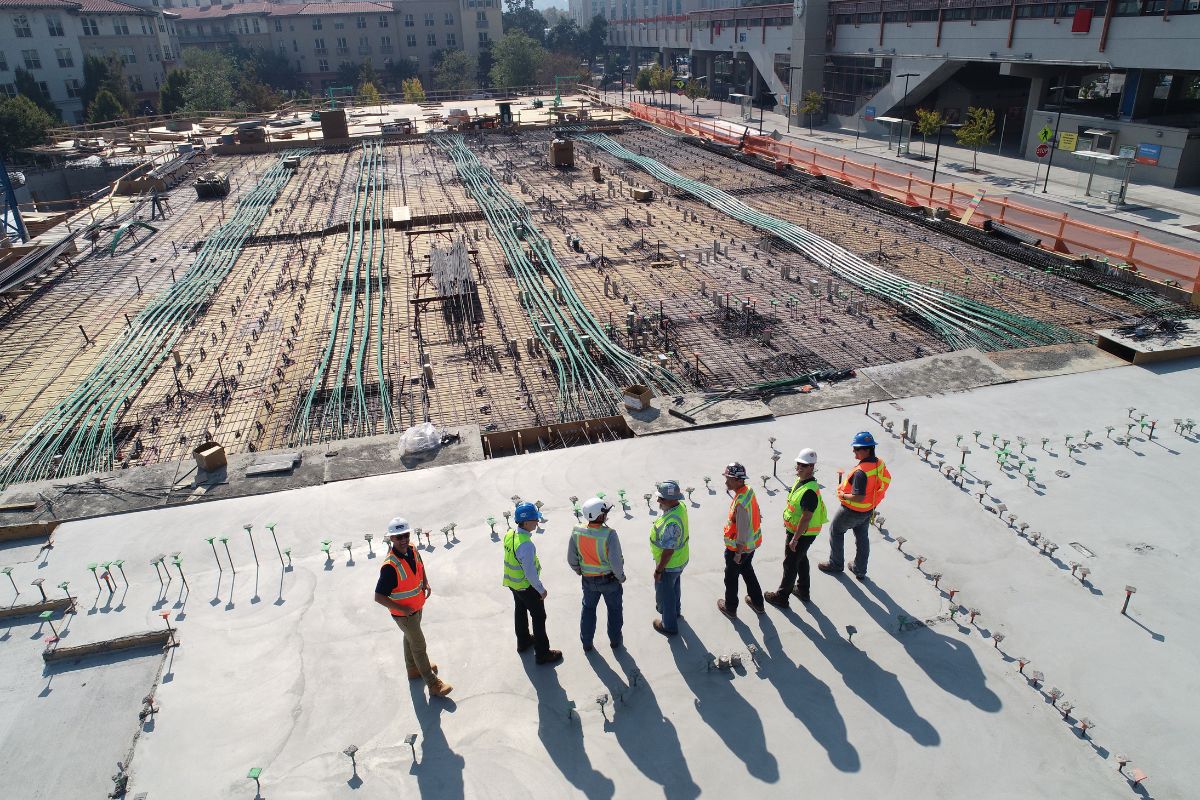Overview of DfE Apprenticeships and Traineeships Data for 2022/23

The Department for Education unveiled the most recent comprehensive data on apprenticeships and traineeships in England for the academic year 2022/23 on Thursday, November 30, 2023.
Headline Facts and Figures
- Apprenticeship starts were down by 3.5% to 337,140 compared to 349,190 reported for 2021/22.
- Under 19s accounted for 23.1% of starts (77,720).
- Advanced apprenticeships accounted for 43.9% of starts (147,930) whilst higher apprenticeships accounted for a 33.5% of starts (112,930).
- Higher apprenticeships continue to grow in 2022/23. Higher apprenticeship starts increased by 6.2% to 112,930 compared to 106,360 in 2021/22.
- Starts at Level 6 and 7 increased by 8.2% to 46,800 in 2022/23. This represents 13.9% of all starts for 2022/23. There were 43,240 Level 6 and 7 starts in 2021/22 (12.4% of starts).
- Starts supported by Apprenticeship Service Account (ASA) levy funds accounted for 68.1% (229,720).
- Since May 2015 there have been 3,218,990 apprenticeship starts. Since May 2010 this total stands at 5,596,530.
- Apprenticeship achievements increased by 18.3% to 162,320 compared to 137,220 in 2021/22. Please note: COVID-19 restrictions and assessment flexibilities affected the timing of achievements, therefore care must be taken when comparing achievements between years as some achievements expected in a given academic year may have been delayed to the subsequent year.
- Learner participation increased by 1.6% to 752,150 compared to 740,350 in 2021/22.
Engineering related apprenticeship starts have decreased by 2.4% since 2021/22, however this decrease is smaller than was seen across all-sector subject areas (3.5%). Engineering related apprenticeship starts are also still lower than they were before the pandemic – down 7.7% since 2018/19. Level 2 apprenticeship starts in engineering related apprenticeships have decreased by 22.6% between 2021/22 and 2022/23.
Read the full data here.
Sector Response
Beatrice Barleon, Head of Policy & Public Affairs at EngineeringUK, comments:
“The latest apprenticeships data paints a concerning picture for the engineering sector and for the prospect of growing the UK’s engineering workforce to address acute skills shortages. With apprenticeship starts in the engineering sector down since last year, it is becoming clear that a lot more needs to be done to make apprenticeships a success story.
“Particularly concerning is the decline in Level 2 apprenticeship starts by almost a quarter (22.6%) since last year, alongside a reduction in numbers of young people aged 16-19 taking up apprenticeships since 2017/2018. Lower-level apprenticeships at Levels 2 and 3 offer opportunities for young people from a wide range of backgrounds to access jobs in engineering and tech. We need to see more opportunities available at these levels so that more young people from all backgrounds are able to join the engineering and tech workforce, providing the capacity and skills the sector desperately needs.
“We will continue to play our part in growing and sustaining engineering and technology apprenticeships, including taking forward the recommendations from our recently published 5-point plan.”
The full analysis from EngineeringUK can be found in the research section.
The inquiry report ‘Fit for the future: Growing and sustaining engineering and technology apprenticeships for young people’ can be found here.











Responses